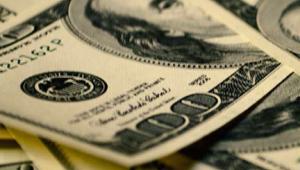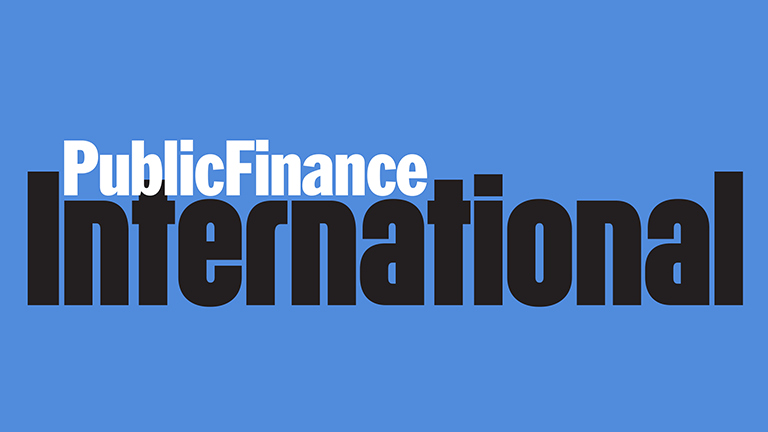Web_JapaneseYen_shutterstock_218423131.jpg

Image © Shutterstock
One of the cruelest types of economic crisis that can plague a country is a banking crisis. One such crisis was the Global Financial Crisis that hit the UK, the US, Spain and other western economies so hard in 2008. That is the very type of crisis now impacting China, as evidenced by the collapse of such firms as Evergrande and Country Garden.
After World War II, the first truly major banking crisis of this type came in late 1980s and 1990s in select countries around the world, especially in Japan. Like all such crisis, it was primarily the result of an extraordinary burst of private sector lending. Japan’s private debt – comprised of both household and non-financial business loans – increased by ¥343trn, or $2.4trn, ballooning private debt from 143% of GDP in 1985 to a then unprecedented 181% of GDP in 1990.
This increased lending came largely in the commercial real estate sector through overconstruction and out-of-control acquisition of land, office buildings, hotels, and apartments, in both Japan and select markets overseas, especially the US. From 1985 to 1990, commercial real estate loans grew from ¥75trn to ¥187trn, creating innumerable new buildings that would not be filled or sold for decades.
The lending frenzy drove real estate prices up by 300% over those five years. It brought a short-term surge that, at the time, was applauded as an economic miracle.
Japan’s economy grew to become the second largest in the world, at 18% of global GDP. With this lending boom, five of the world’s ten largest commercial banks by total assets were Japanese. People in the US and elsewhere thought that Japan was on a path to become the world’s leading economy, and some zealous US parents enrolled their children in Japanese language classes to prepare for this future.
But the miracle proved to be a mirage. Japan’s banks, businesses, and households quickly became overleveraged. The country was fully overbuilt no later than 1990, as were other Japanese lending targets, such as California and Hawaii. After its 1980s boom, Japan endured a slow-motion bust in the 1990s, as the economy reckoned with the consequences of its overlending. Today, Japan stands at only 5% of global GDP.
When it became clear that ever more of these newly constructed buildings would not be fully leased or sold, and that the loans made to build them would not be fully repaid, new construction, and new loans to support construction, abruptly halted. As lenders curtailed their lending activity, private debt as a percentage of GDP began to decline. And once the loan faucet was shut off, land prices dropped accordingly – and precipitously. Lenders who had made loans at peak land prices for now-empty buildings found themselves heavily saddled with bad debt. That is the basic plot of a banking crisis.
The government and financial institution regulators in Japan scrambled to whitewash the problems for much of the 1990s, then capitulated to reality with a recapitalization of banks that began in earnest in 1998, and which took fifteen years. Though private debt fell, the government responded with such large increases in spending that the ratio of total debt to GDP declined only for a few years.
Overly rapid increases in lending, especially real estate lending that leads to excess supplies and housing or commercial real estate, can bring economic reversal. Booms that are too pronounced most often lead to busts. Countries should be vigilant to guard against this type of crisis.
The Paradox of Debt – A New Path to Prosperity Without Crisis by Richard Vague is out now.













